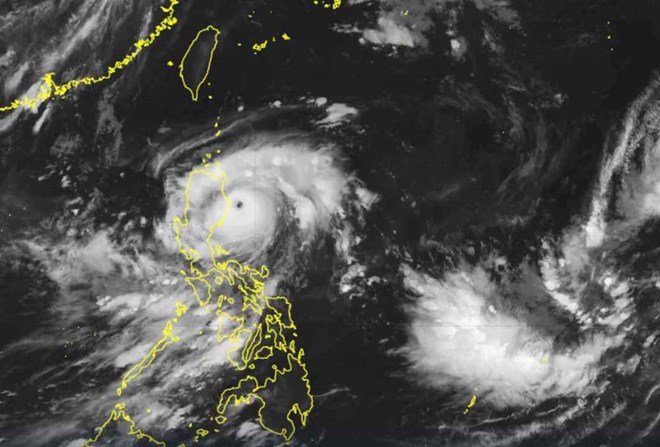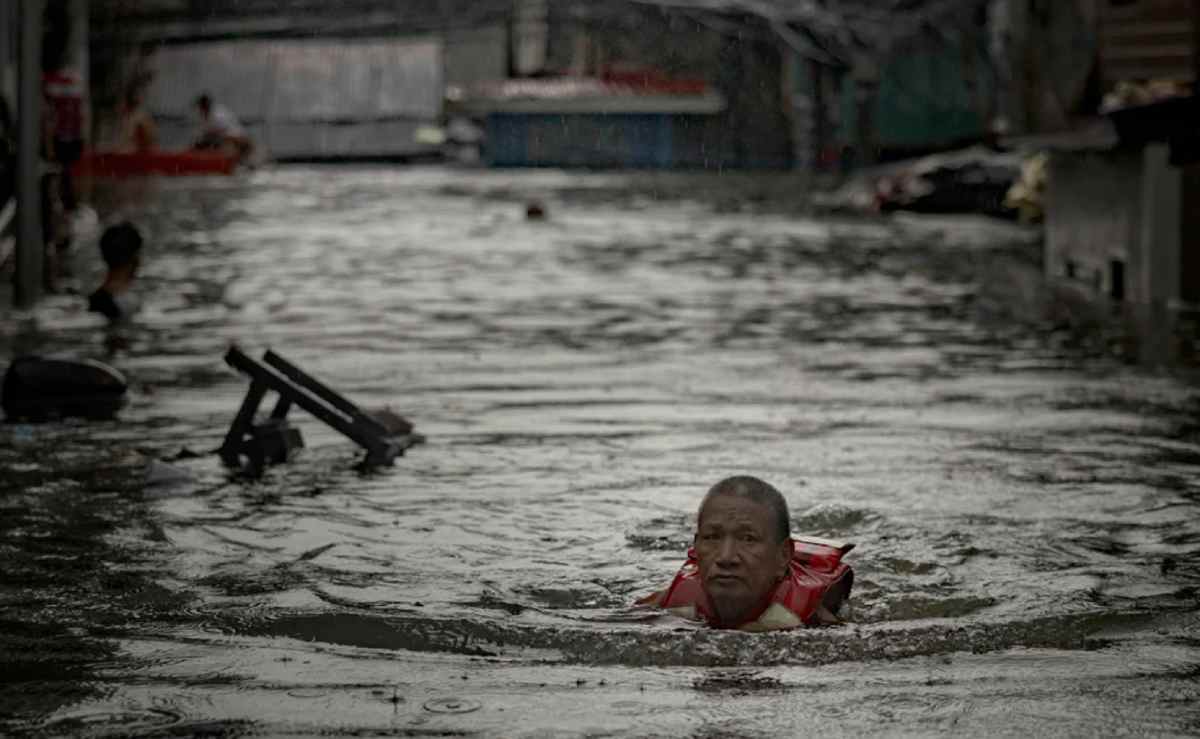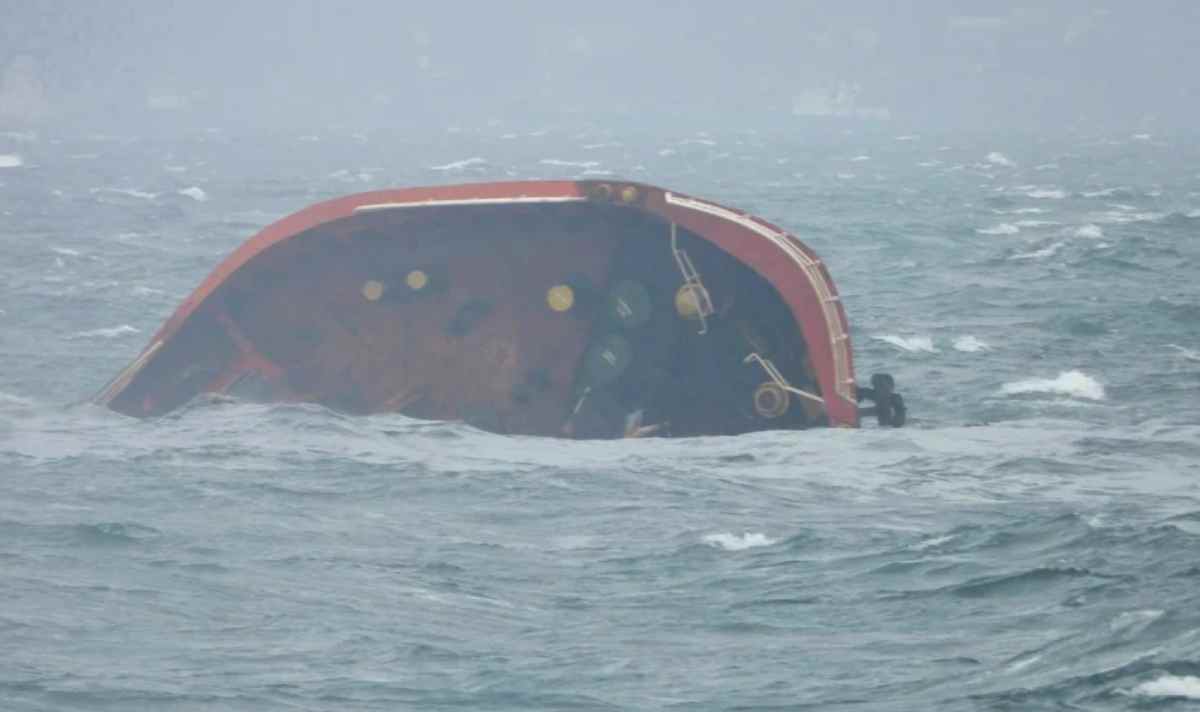According to the latest storm forecast, there are expected to be 2 or 3 storms near the South China Sea in August.

The Philippine Atmospheric, Astronomical and Geodetic Administration (PASAGA) said that two to three tropical storms are expected to form or enter the Philippine forecast area (PAR) in August.
Obet Badrina, PASAGA weather forecaster, noted that 2 to 3 storms near the East Sea could form or enter PAR.
Previously, in July, two tropical storms, Typhoon Butchoy (international name: Typhoon No. 2 Prapiroon) and Typhoon Carina (international name: Typhoon No. 3 Gaemi), attacked the Philippines.
According to the National Disaster Risk Reduction and Management Council, the southwest monsoon and Typhoon Gaemi significantly impacted the Philippines, especially from July 22 to July 24, 2024. Heavy to very heavy rain (100-200 mm) occurred in various areas including Metro Manila, which declared a “state of disaster” on July 24, 2024.

As of July 31, 2024, the Disaster Response Operations Monitoring and Information Center (DROMIC) reported that more than 1.2 million families, equivalent to nearly 4 million people across many areas, were affected.
The total number of displaced people is more than 75,000 families, equivalent to nearly 274,000 people. In addition, more than 2,100 houses were damaged.
Typhoon Gaemi killed at least 39 people in the Philippines.
Typhoon Gaemi started as a tropical storm but quickly strengthened into a super typhoon, killing at least 65 people in the Philippines, Taiwan (China) and mainland China, of which 39 people died in the Philippines. Super Typhoon No. 3 sank an oil tanker in Manila Bay.
Philippine President Ferdinand Marcos Jr. has a clear view when saying: “This is the impact of climate change”.
Typhoon Gaemi strengthened rapidly over very warm waters, reaching maximum wind speeds of 230 km/h. Initial analysis suggests the storm is likely to strengthen due to climate change, given the warmest ocean temperatures on record.
Climate change warms the oceans, and warm waters fuel more intense hurricanes, cyclones and tropical storms.
The Philippines has the highest disaster risk among countries and territories vulnerable to natural disasters.
This Pacific archipelagic nation stretches 1,850 km from north to south and is right in the path of many storms. The country also lies on the Ring of Fire, making it at risk of earthquakes and volcanic eruptions.

Recent research shows that the Philippine capital Manila is especially vulnerable.
Manila is one of the most populous cities in the world, with more than 42,000 people per square kilometer. It is estimated that 15 million people currently live in the Manila metropolitan area – 10 times the population in 1950. Several major rivers and about 30 tributaries flow through the city.
As the city has grown, concrete surfaces have increased and green spaces have shrunk. Stormwater drainage systems and flood management infrastructure are not keeping up.
Super Typhoon Gaemi caused severe impact on Manila. Roads are impassable. Rivers burst their banks. Residents of informal settlements – often built near rivers – had to evacuate.
Heavy rainfall in the basins has forced authorities to release floodwaters, exacerbating rain-induced flooding in urban areas.
PAGASA forecasts that about 13 to 18 tropical storms will make landfall in the Philippines in 2024.


 Ex ni Kyline Alcantara na si Kobe, BINISTO ang lahat sa publiko—Lahat ng Baho Isiniwalat
Ex ni Kyline Alcantara na si Kobe, BINISTO ang lahat sa publiko—Lahat ng Baho Isiniwalat


